Machu Picchu, the city built by the Incas on a steep mountain ridge, is a tremendous engineering achievement – and only one of many impressive constructions built by the ancient Andeans. Among these is Chavín de Huántar in northern Peru, with a sprawling temple complex that was once the center of a powerful cult and an important pilgrimage site. This ceremonial site high in the Andes Mountains is in a narrow valley at the confluence of two rivers – an auspicious setting for people who revered the sacred powers of water and mountains. Water became a centerpiece of the monumental temple complex at Chavín. In a remarkable accomplishment, the ancient builders constructed an underground system of channels to control the movement, and most likely the roaring sound, of water for a backdrop during solemn religious ceremonies.
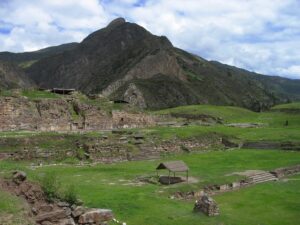
More than 3,000 years ago the Chavín builders began to make extensive landscape modifications in their steep-walled valley. They constructed massive terraces for building sites, modified the river channels, and directed the waters of one of the rivers, the Rio Wacheqsa, beneath their temple complex. Visitors to the site of Chavín de Huántar today see ruins that include an elaborate series of tall stone platform mounds and monumental buildings, staircases, terraces, and sunken plazas that provided space for an estimated 1,500 worshipers who could view rituals performed on the temple summit. And there is much more than immediately meets the eye, as the above-ground remains are underlain by a labyrinth on five levels below the ground surface.
Within the underground spaces are an interconnected series of subsurface galleries, or rooms, with mirrors of polished graphite placed strategically to direct sunlight along corridors. Some galleries and passageways have smooth, evenly cut rock surfaces; others are lined with rough and irregular rock, giving a visitor the unpleasant sensation of having entered the body cavity of a large, rocky beast. Staircases lead to openings on the top of the temple, where priests could appear and disappear, astonishing worshipers gathered below.
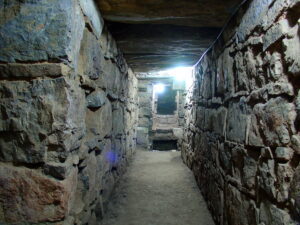
Mysterious water draining features are found throughout the monumental center. A complex system of formerly water-bearing channels, canals and drains with a total linear extent of more than 3,300 feet extends through the subsurface. The channels range in size from small to very large; some are big enough for a person to walk through. The Chavín region is subject to high seasonal variations in rainfall and heavy rains need to be drained away from structures, so some of the water-bearing features served this purpose. However, the water management system far exceeds what would have been necessary to simply drain rainwater.
Archaeologists believe that the channels were designed specifically to move water beneath the temple complex and to amplify the sounds emanating from this rush of water into the central plaza. For those who were observing ceremonies, hearing the strange acoustic effects of swirling waters hidden deep underground must have been highly dramatic. Worshipers placed their faith in the ability of their religious leaders to intervene with the deities who controlled the weather and caused the ground to tremble in earthquakes. Witnessing the roar of the water during rituals to honor these deities was surely a compelling display of power.
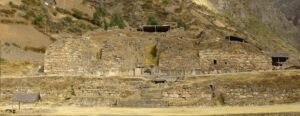
Photo Credits:
Overview of ruins with steep slope and bedrock fin – my photo
Overview of large site — By Sharon odb – Own work, CC BY-SA 3.0, https://commons.wikimedia.org/w/index.php?curid=2882155
Hallways inside “El Castillo” temple of Chavin, Wikimedia, 30 August 2007, Martin St-Amant (S23678)
Temple — By Martin St-Amant (S23678) – https://commons.wikimedia.org/w/index.php?curid=2881483
More about the Chavín culture in upcoming posts – please leave your email address on the website to receive notifications – thanks!

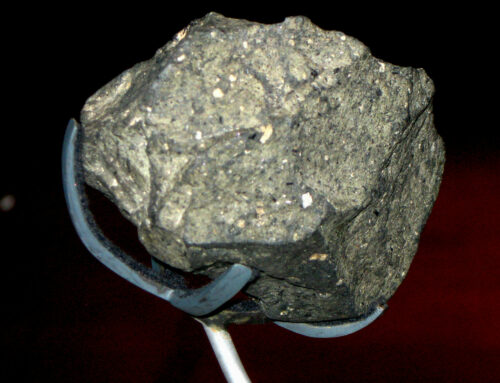
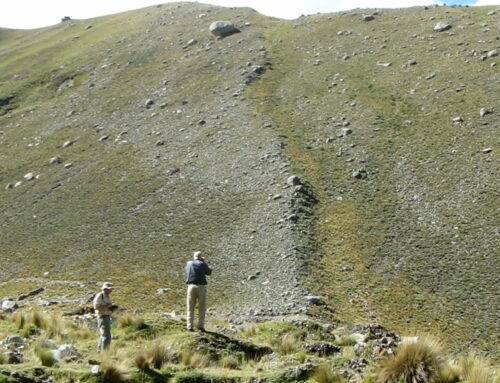

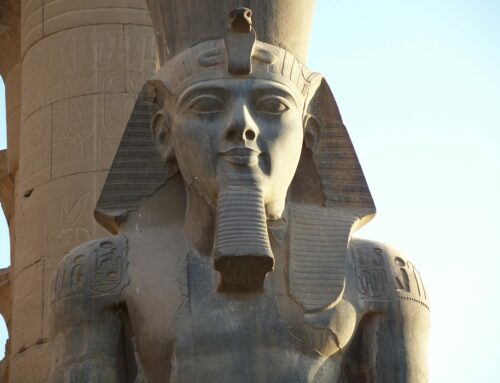
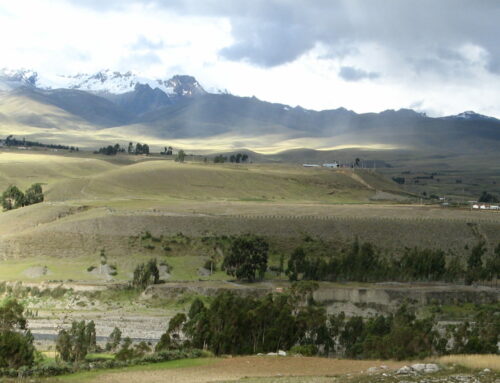
Leave A Comment